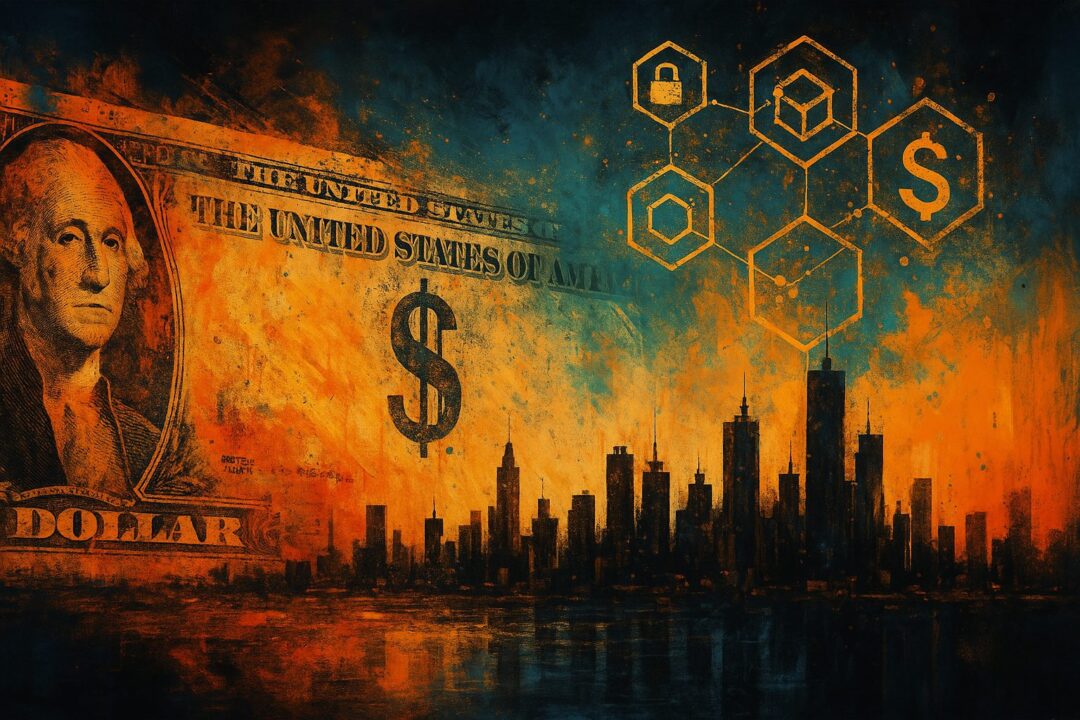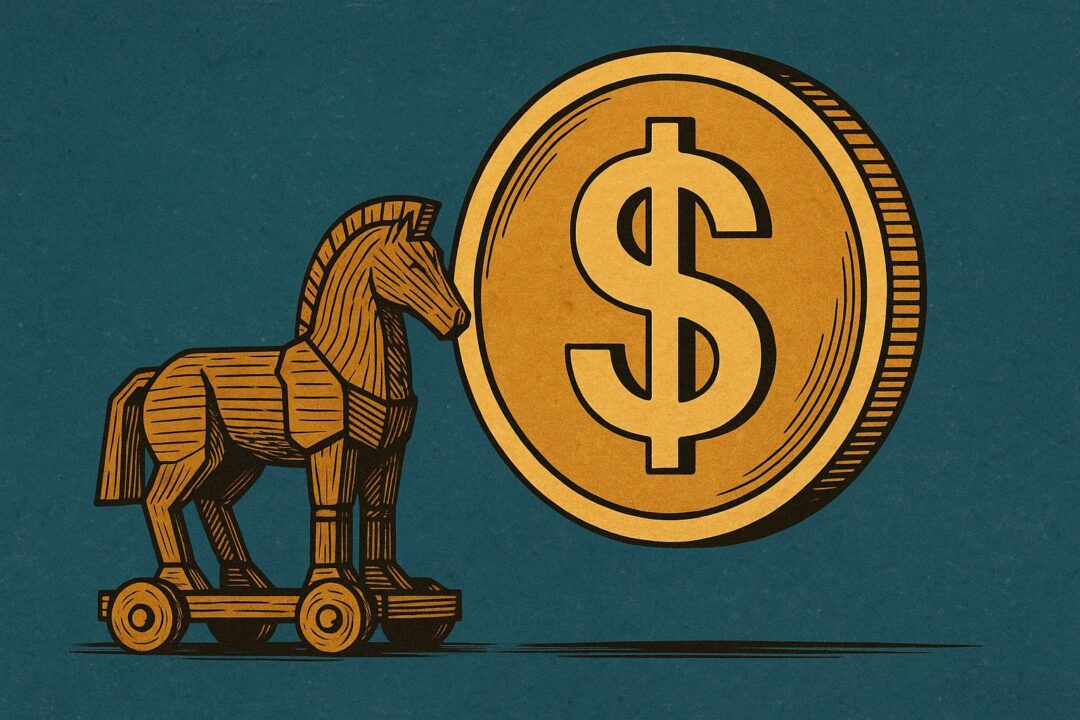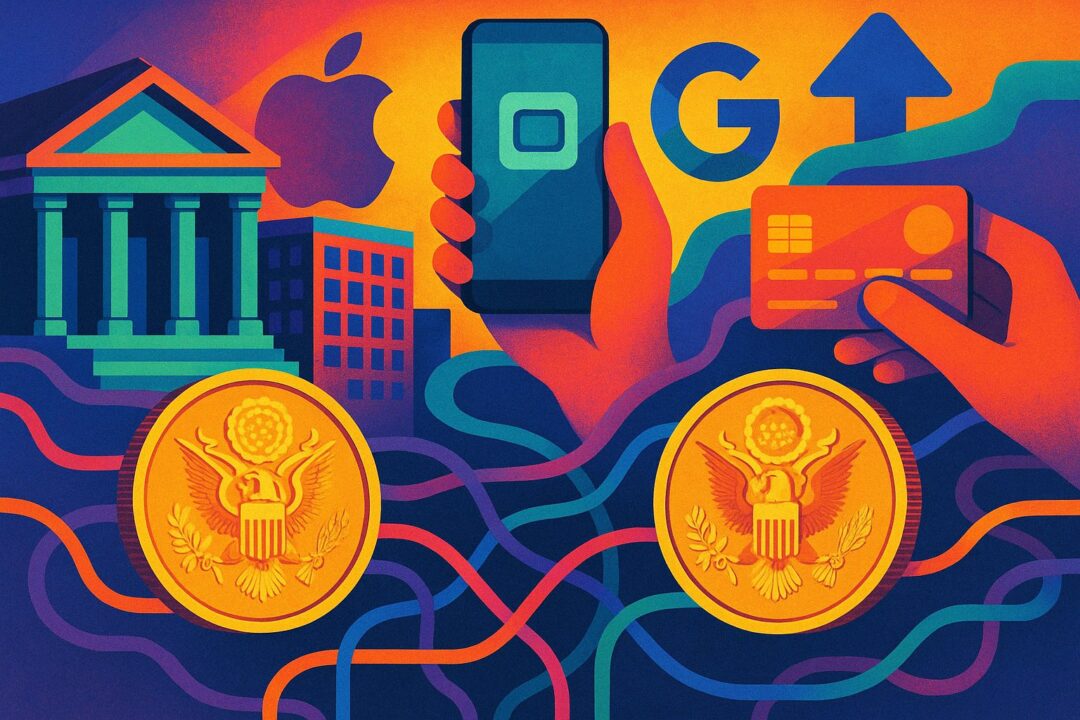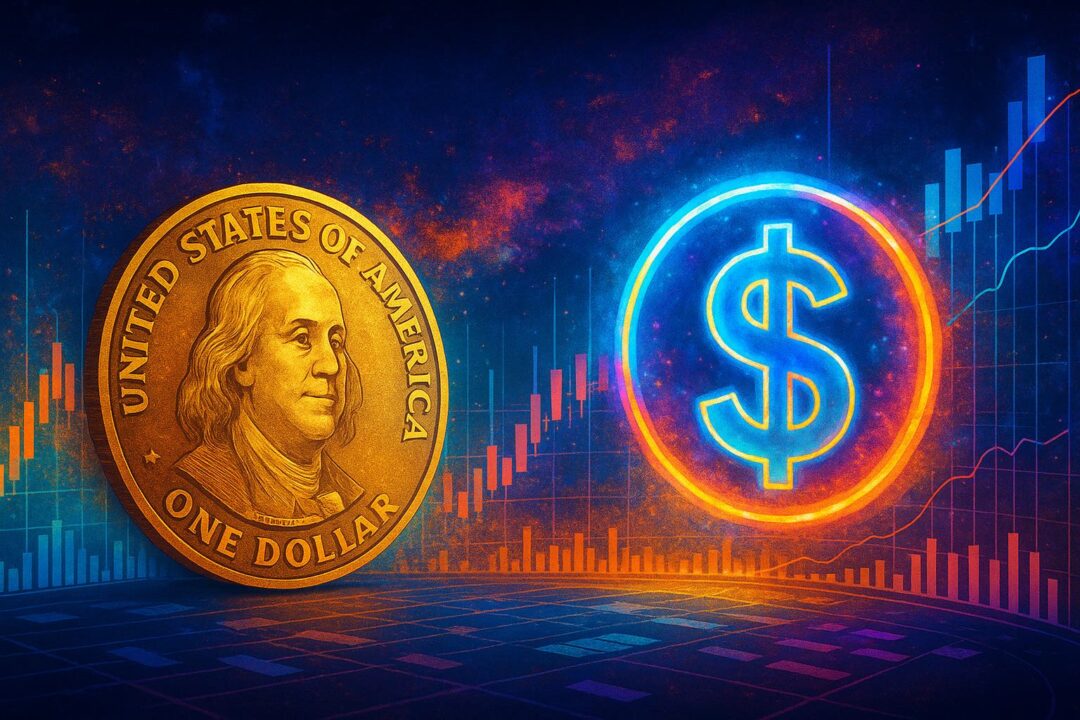Disclaimer: This post is speculative. It explores a plausible but unconfirmed direction for global finance based on current trends and strategic logic.
For over half a century, a hidden engine has quietly powered the global economy: the Eurodollar system.
It’s a sprawling, mostly invisible network where banks across the world create and move trillions of dollars — outside US borders, beyond US laws, and often without any real dollars changing hands.
This offshore dollar system made the modern world possible. But today, it’s beginning to look dangerously outdated.
The United States faces a new set of challenges: soaring debt, weakening foreign demand for Treasuries, and rising global instability. Meanwhile, technology is opening doors that didn’t exist a decade ago.
What if the US sees an opportunity — not just to patch the system, but to fundamentally reinvent it?
What if the future isn’t the freewheeling Eurodollar, but a tightly controlled network of tokenized US Treasuries — forcing real collateral into the heart of the global dollar machine?
It sounds bold. It sounds transformative. And it might just be where we’re heading.
In this post, I’ll explore this idea: how tokenized Treasuries could replace the Eurodollar system, why the US might want it to happen, what it would solve, and how it could reshape the future of money as we know it.
Why Would the US Want to Do This?
Several powerful incentives align:
- Treasury Demand:
US debt issuance is skyrocketing, but traditional foreign buyers like China and Japan are buying fewer Treasuries. A system where banks must hold Treasuries for settlement would create forced demand, stabilizing financing for US deficits. - Control Over Offshore Dollars:
Today, Eurodollar markets exist beyond the reach of the Federal Reserve or US regulators. Tokenized Treasuries could operate on permissioned, transparent ledgers — bringing offshore dollar activity back under US influence. - Financial Stability:
Shadow banking creates systemic risks through excessive leverage and opaque liabilities. Forcing real collateralization (via Treasuries) could reduce systemic fragility — a major win after repeated financial crises tied to hidden leverage. - Technological Modernization:
Blockchain and tokenization technologies now make real-time, global, low-cost settlement possible. A new system could be faster, more efficient, and more secure than the current web of correspondent banks and ledgers. - Geopolitical Strategy:
In an increasingly multipolar world, strengthening the dollar’s role — while tightening control over its usage — would be a strategic move. Tokenized Treasuries could reinforce the dollar’s dominance against rising challengers like China, BRICS alternatives, and cryptocurrencies.
How Would It Work?
Under this vision:
- Banks and institutions would no longer freely create dollar claims without backing.
- Instead, they would use tokenized Treasuries as settlement assets.
- Transfers, repos, loans, and international settlements could be conducted via blockchain-based platforms where each token is fully backed by real US government debt.
- These tokens could be managed on permissioned distributed ledgers, potentially supervised by regulated entities or central banks.
In effect, it would be the end of the unbacked Eurodollar, replaced by a new dollar settlement layer collateralized by US Treasuries.
What Would Be the Consequences?
- Massive Demand for Treasuries:
Global banks and institutions would need to buy Treasuries to operate in dollars, soaking up a substantial portion of future US debt issuance. - Transparency and Regulation:
Dollar flows, even offshore, could be more easily monitored, regulated, and taxed if necessary. - Reduced Leverage:
Institutions would be less able to engage in freewheeling, synthetic dollar creation without corresponding collateral. - Potential Global Resistance:
Some countries and banks might resist a US-controlled system, seeking alternatives such as regional currencies, gold, or CBDCs. - Slow Transition:
The Eurodollar system is vast — estimates put it at $13–15 trillion. Transitioning to a fully collateralized, tokenized model could take years or even decades.
Early Signs of Movement
While no official declaration has been made, there are hints pointing in this direction:
- The Federal Reserve’s Project Cedar explores blockchain-based settlement for central banks.
- JP Morgan’s Onyx platform is pioneering tokenized repos using real-world assets.
- Regulated Liability Networks (RLNs) are being proposed as shared tokenized ledgers for banks and central banks to settle liabilities.
In addition, major asset managers like Franklin Templeton and BlackRock are already experimenting with tokenized Treasury funds.
The technological groundwork is being laid. The incentives are lining up. The Eurodollar system, while still dominant, is looking increasingly outdated.
Conclusion
While purely speculative at this point, the idea that the United States could transition global dollar settlement away from the Eurodollar system and toward tokenized, Treasury-backed dollars is both plausible and strategically elegant.
It would solve critical problems for the US — from stabilizing debt issuance to reinforcing financial control — while modernizing the entire global dollar infrastructure.
If this vision plays out, it could mark one of the largest transformations in international finance since the Bretton Woods system collapsed.
It won’t happen overnight. It won’t be easy. And there will be resistance.
But the incentives are powerful — and the technology is ready.
What do you think? Could tokenized Treasuries replace the Eurodollar system? Are we on the cusp of a new financial architecture?
Discover more from Brin Wilson...
Subscribe to get the latest posts sent to your email.



